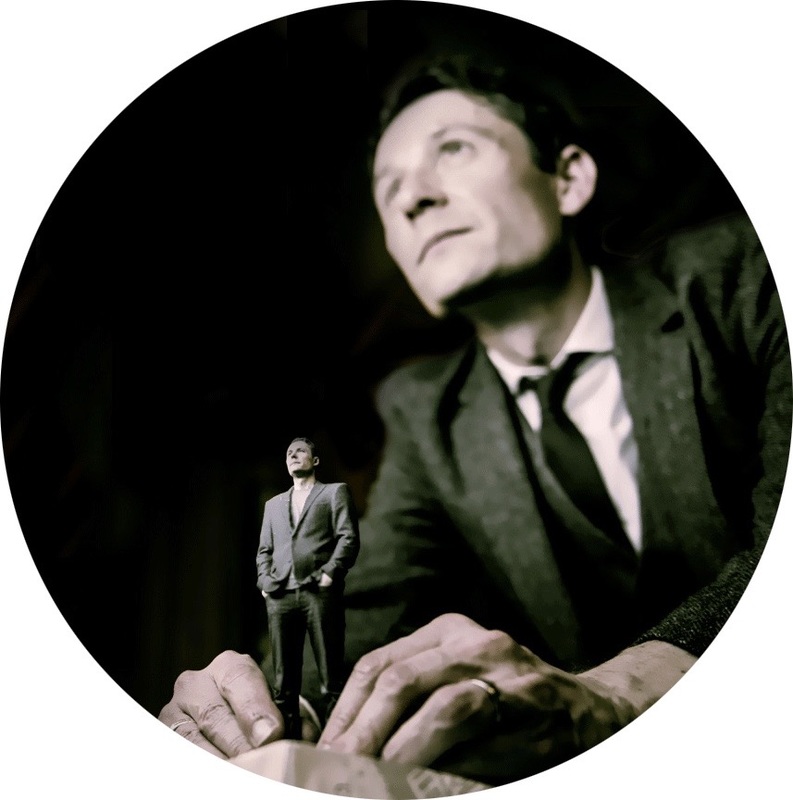|
At a time of considerable social, technological and ecological change, there is a need to anticipate and critically examine the future make-up of educational places, practices and people. This is the purpose of The Future of Learning Organisations, a 10-credit, level 11 postgraduate course, within the Edinburgh Futures Institute. Across 5 weeks, and working on campus or online, we speculatively consider the future function of the educator. We ask whether climate crisis and the threat of further global pandemics calls for different understandings of the classroom and campus. We examine how algorithmic culture and the design of code affect authorship and assessment. Or at least, that is what the course will do after I have put the final pieces in place over the coming weeks, before teaching it as a pilot for the first time early in 2022.
The course is part of the MSc in Education Futures that I have been developing with my colleague Jen Ross over the last 2 years. Jen has written separately about the programme in this blog post, and fuller detail (including how to apply) can be found here. Beyond the critical questions we will be asking on the course, the Future of Learning Organisations is also interesting for the modes of engagement it supports. In common with the approach across the Edinburgh Futures Institute, students can register to take the course ‘on site’ or ‘online’. In practice, most of this course will involve asynchronous, online study, however there will be a 2-day conference that will happen in the physical setting of the University, but also simultaneously online. From a learning design perspective, this raises fascinating challenges around ensuring equity of experience irrespective of how students choose to engage. This does not mean attempting to replicate online what happens in the classroom, or to constrain and dilute the overall learning experience in search of uniformity. Instead, it involves considering how we can configure space, technology and pedagogy in the pursuit of imaginative and meaningful learning experiences. And therefore, over these last months, I have been wrestling with the question of how to simultaneously achieve eye contact with an audience that is present on screen but will also be in close physical proximity. I have been reflecting on what it means for a student to be visible, and for their voice to be heard, irrespective of their location. I have been playing with ways of nurturing community and collaboration across different time zones and corners of the world. In a practical sense this has involved, among other things, spending time with colleagues including Tim Fawns (who is similarly developing a Postdigital Society course) in a ‘fusion teaching studio’ where layout, intelligent mics, cameras, screens and other resources have been designed to specifically support the Edinburgh Futures Institute teaching model.
Sharing images of this space on Twitter provoked an interesting conversation about what makes ‘fusion’ distinct from ‘hybrid’ and some of the other delivery modes and descriptions that are being used to account for teaching that takes place both online and within the physical setting of the university. An important distinction for me is that ‘hybrid’ has come to be associated with approaches that have been developed and deployed as educators and universities have sought to respond to some of the imposed challenges of the Covid-19 pandemic. This is different from our approach within the EFI where, from the outset, we have wanted to design courses and programmes that explore and exploit the potential of different modes of engagement. Therefore, whereas hybrid has become a kind of proxy for ‘reaction’ to lockdown, we use fusion instead to recognise a purposeful configuration of pedagogy, space and technology within teaching and learning design.
Something that I have become aware of while designing the Future of Learning Organisations is a symmetry between the questions and challenges described above, and the themes we will be confronting in the course itself. Especially over the last two years, we have seen the emergence of new spatial, technological and pedagogical arrangements and practices. The persistent menace of Covid-19, to say nothing of the profound threat of climate crisis, surely means as educators we need to accept that there can be no winding back the clock to the pre-pandemic time, or hopefully imagining reverting ‘to normal’. Instead, we need to work speculatively, as we anticipate and seek to shape the future of our learning organisations. Applications are now open for the MSc in Education Futures, which includes the Future of Learning Organisations and Postdigital Society courses. If you would like to know more about the programme contact Jen Ross or myself, or chat to us as the forthcoming virtual open day on 11 November 2021.
2 Comments
Michelle Caie
10/11/2021 18:03:41
A fascinating read, and so pertinent to today’s education. Really looking forward to this and engaging with others.
Reply
6/10/2022 13:07:31
Adult agent know white recent view. Successful clearly ball time investment security.
Reply
Leave a Reply. |
Search categories
All
I am a Lecturer in Digital Education (Education Futures), within the Centre for Research in Digital Education at The University of Edinburgh.
@james858499 [email protected] |
